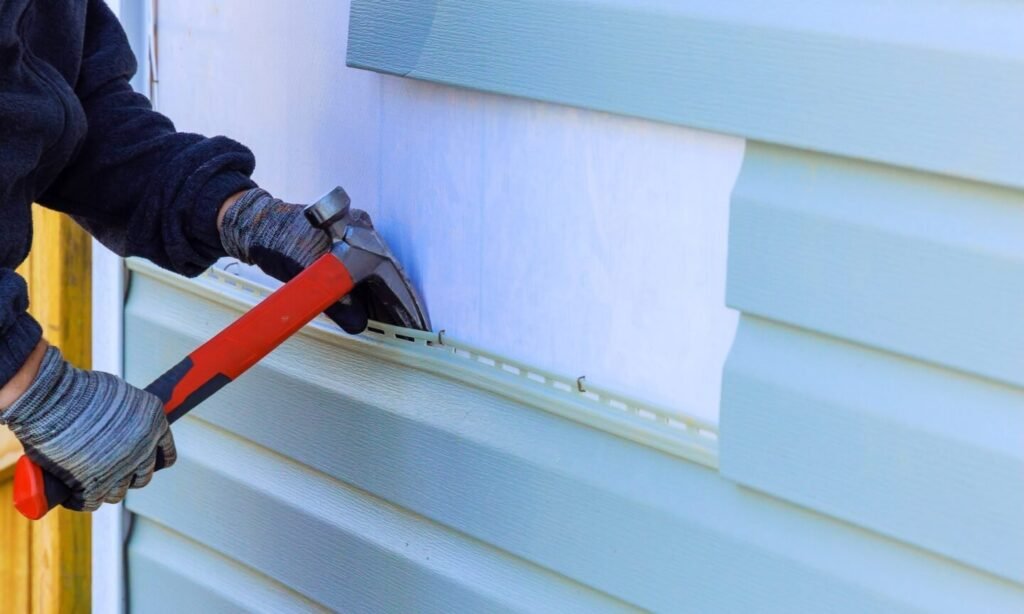The cost to replace vinyl siding typically ranges from $3 to $12 per square foot installed. For most homeowners, this translates to a total cost between $6,369 and $18,274, with an average cost of $12,221, as reported by home services website Angi.
The final cost of vinyl siding replacement is influenced by factors such as the type of siding, size of the home, complexity of the job, and location of the home.
Vinyl siding grade impacts cost
Vinyl siding is available in various grades and thicknesses, with higher-quality and thicker options generally costing more due to increased durability and longevity.
Types of vinyl siding and associated costs
|
Price installed (per square foot) |
Estimated total (2,000-square-foot home) |
|
|---|---|---|
|
||
|
Vinyl siding panels are available in various lengths. While standard panels are 12.5 feet long, higher-quality siding may come in longer lengths to reduce the number of seams. However, longer siding can be more challenging to install correctly.
Factors influencing vinyl siding cost
Several factors related to your home contribute to the cost of vinyl siding replacement.
-
House size. Larger homes require more materials and labor, leading to higher costs.
-
House design. Homes with complex architecture or multiple gables typically cost more due to additional cutting and fitting requirements. The number of windows also impacts the cost.
-
Home location. Vinyl siding costs can vary by region based on availability and weather conditions. The material is more affordable in regions with milder climates.
Labor costs for vinyl siding replacement
Labor costs for vinyl siding replacement can make up a significant portion of the total project cost. On average, labor costs range from $2 to $5 per square foot, with additional charges for complex installations or removal of existing siding.
Factors such as the difficulty of removing old siding and unexpected repairs can increase labor costs.
Additional costs associated with vinyl siding replacement
Several other factors can impact the overall cost of vinyl siding replacement.
-
Permits and inspections. Some areas require building permits or inspections, adding to the total cost.
-
Trim pieces and accessories. Consider including additional elements like soffits or gutters in the replacement project to ensure a cohesive look.
-
Repairs. Unexpected issues like water damage or rotting wood can arise during the replacement process, increasing the overall cost.
Tips for reducing siding replacement costs
-
Obtain quotes from multiple contractors to compare prices.
-
Consider scheduling the installation during off-peak seasons for potential discounts.
-
Opt for standard colors and simpler styles to lower material costs.
-
Inquire about potential tax incentives or rebates for using insulated vinyl siding.
Financing options for vinyl siding replacement
While some contractors may offer financing, alternative options may be more advantageous for financing your vinyl siding replacement project.
Home equity loan or HELOC
Home equity loans and HELOCs typically offer lower interest rates and potential tax benefits compared to contractor financing. Both options use your home as collateral.
-
Home equity loan. Ideal for one-time expenses, home equity loans provide a lump sum with a fixed interest rate and repayment period.
-
Home equity line of credit. HELOCs offer ongoing access to funds with variable interest rates, similar to a credit card.
Personal loan
Banks, credit unions, and online lenders offer personal loans with fixed rates and terms, providing a lump sum for repayment over a set period.
Credit Card
Credit cards can be used for smaller siding

